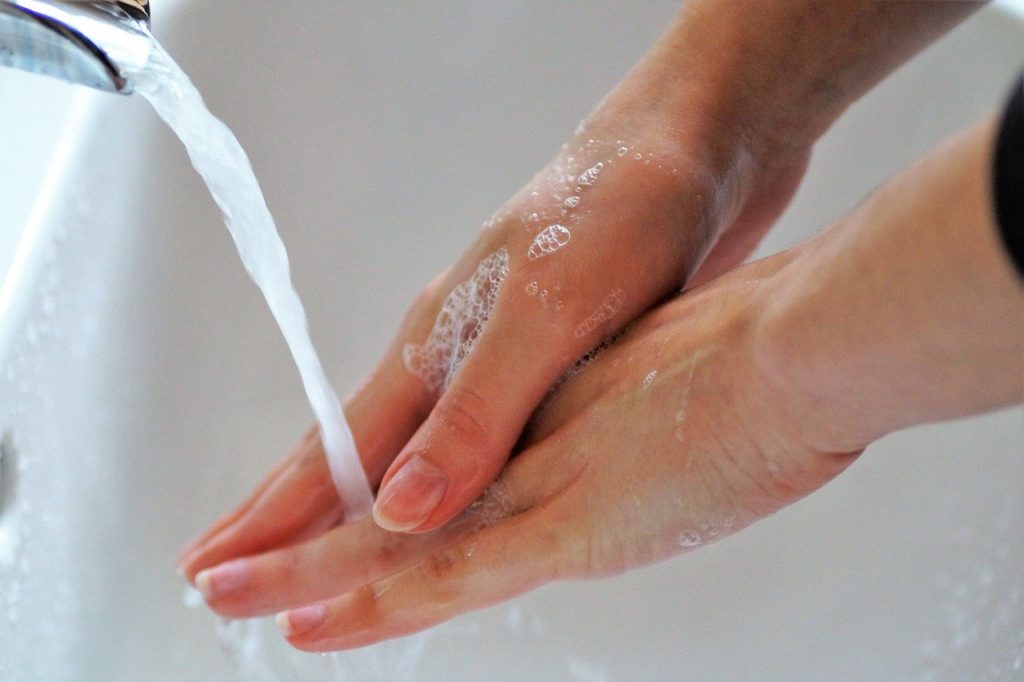When you scour the internet on how to get rid of fleas on your pets, you will notice that many articles recommend using flea collars. But what are flea collars exactly and how do they work?
How flea collars work
Flea collars are, well, collars that you can put around your pet’s neck to protect them from pests such as ticks and fleas. They have two main functions.
Flea collars emit gas to repel pests, so your pet remains free of ticks and fleas. Flea collars can also seep active ingredients to your pet’s skin to kill the pests.
Some flea collars perform both functions – repel and kill pests. But some flea collars perform only one of these functions. Some only repel or kill.
Some of the most common ingredients found in flea collars are deltamethrin, propoxur, and pyriproxifen. Deltamethrin is a synthetic version of the famous insecticide pyrethrin. Propoxur, on the other hand, is a toxic ingredient that targets the nervous system of the pests. And pyriproxifen prevents the pests from reproducing.

Advantages and disadvantages of flea collars
Indeed, flea collars still work as a good repellent and treatment. But like other methods, flea collars have advantages and disadvantages.
Advantages
- They last long. The effectiveness of flea collars can last up to months. It’s not unheard of for flea collars to be effective up to 8 months. They are longer lasting repellents and treatments compared to, say, a spot-on that will only be effective for 30 days. If you are the kind of person who doesn’t want to constantly think about their pet’s repellents and treatments, flea collars may be for you.
- They are particularly effective around the neck area. Collars are put around the neck of your pets, so it’s not surprising that they are most effective near and around that area. What makes this a real advantage is the fact that the neck is one of the favorite hotspots for pests to thrive.
- They are less expensive than other methods. Spot-ons are really the talk of the town when it comes to pest repellents and treatments. But they can be expensive. Flea collars have become less expensive alternatives. But be careful in buying extremely cheap flea collars. These may not be just ineffective, but also dangerous for you and your pet.
- They are great for pets who are hard to control. Spot-ons are some of the best pest repellents and treatments out there. But their downside is that owners should actually contain their pets so they can properly apply the spot-ons. If your pets are hard to control, flea collars may be the best option for you. You just have to put the flea collars around their neck and you are good to go.
Disadvantages
- They leave the other half of your pet quite vulnerable. Indeed, flea collars are great in repelling and treating around your pet’s neck area. But this comes with a disadvantage. The other half of your pet, particularly their tail, becomes more vulnerable. This can really be problematic, particularly because the tail is one of the favorite hotspots for pests too.
- They can be toxic and therefore dangerous. Flea collars emit gas and seep basically what you can call insecticides. It’s easy to see how they can be dangerous, especially around children and other pets. Innocent and playful children and pets may get into contact with these toxic collars and end up hurting themselves.
- They can choke your pet. Because flea collars are put around the neck, they should be elastic enough to prevent choking. But sadly, some flea collars are not elastic and end up choking the pets who use them. Choked pets can even die. When looking for flea collars, make sure that you buy one that is elastic or easy to remove in emergency situations.
- They can cause fur loss and skin irritation. Flea collars have chemicals in them, so it’s not really surprising that pets who use them can experience some negative effects, such as fur loss and skin irritation. It’s always best to consult a veterinarian, so they can recommend you the best flea collars out there that wouldn’t just repel and treat your pets, but also keep them safe from such negative effects.

Quick tips for the safe and effective use of flea collars
Flea collars are not be-all end-all repellents and treatments for pests such as fleas and ticks. You have to use them properly for them to be safe and effective.
- Read the labels. Flea collars are not random grocery items where you can disregard the instructions. We are talking about items with chemicals here, so to be on the safe side, always read the instructions in the box before using the flea collars.
- Wash your hands after handling the collars. You may get the chemicals in your hands and end up spreading them in your home unsuspectingly. After handling flea collars, make sure to wash your hands with water and soap.
- Avoid over-medicating your pet. Yes, there is such a thing as over-medication. If your pet is already using another repellent or treatment, you might want to avoid using a flea collar and let the other repellents or treatments do their thing.
- Consider using the flea collars only when necessary. Flea collars can be dangerous. But you can minimize the danger if you use them only when you know that your pet is about to get exposed. For example, if you are about to let your dog out of the house and let it play on the yard where there are bushes where fleas and ticks can thrive, you can put the flea collar on your dog’s neck. And then you can remove the collar if you think your dog is no longer vulnerable to the pests.

Flea collars still work as an effective repellent and treatment
There are a lot of pest repellents and treatments available in the market today, especially because fleas and ticks are slowly becoming resistant to certain chemicals. Some people even use a home-made lemon spray.
But flea collars remain to be safe and effective repellents and treatments. Just make sure to follow the instructions in the box and be mindful of the potential dangers they may bring.

